When Jaguar design boss Ian Callum revealed his personal take on the Jaguar Mk2 last summer, opinion was divided.
Like it or not, however, it had a certain behind-the-curtain appeal, for it represented the personal automotive musings of one of the world’s top car designers, his mind freed from mass-production realities.
So what would some of Callum’s contemporaries come up with if they were asked to reimagine a design classic? We asked designers from Nissan, Jaguar and Morgan to pick a car from another marque (to eliminate any implied ‘design direction’ for their own brand) and to produce their own personal reinterpretation of it.
The visual potlatch that resulted includes a radical Japanese take on a 1950s British roadster, a cherished teenage memory made new and one designer’s chance to perfect his own back-catalogue hit. Of course, none of these will get made. Or will they?
Johnathan Wells, Head of Design at Morgan - Ford Capri
Design of the front-engined, rear-drive 1969 Capri, which was sired by the appropriately named Project Colt that aimed to create a Mustang for Europe, was overseen by Essex-based American Phil Clark as a follow-up to his GBX concept. German Uwe Bahnsen penned the Mk2 and the Mk3 versions, which survived until 1986.
“I learned to drive in a Mk3 Capri 2.0 S,” says Wells. “I was blown away by the long bonnet and being at the wheel of a car for the first time, so the Capri has always excited me.
“I’ve based the design on the 2.8 Injection Special but I used the inspirations for the Capri as my brief, rather than simply redesigning it.
“The Capri was the European pony car – our answer to the Mustang – so I wanted to create a car that wasn’t quite so muscular and didn’t have as much Mustang influence.
“I’ve kept the high-tailed fastback shape, C-post graphic and long, bulging bonnet of the Mk3, but lowered the waistline to cut through the wheel arches. Some of the styling of the early concepts was quite dramatic, which I’ve also hinted at: the arches are squared-off in reference to the Mk1’s graphic that flicked up behind the rear wheel and ran straight along the side of the car.
“I’ve applied some modern aerodynamic knowledge with the new nose cone, a faster roofline and more tumblehome on the sides. At the front I’ve incorporated the Mk3’s horizontal vents, prominent bumper and rectangular indicator shapes into the body via splitter detailing, simplifying the nose but keeping its character. I used the new Ford GT’s front-end for inspiration.
“Quad headlights were pretty much mandatory. The Mk3’s headlights, Aeroflow grille and rear lights all influenced Ford design, so it was important to keep them.“I’d like it to use Ford Ecoboost engines: the GT’s twin-turbo 3.5 V6 and an entry-level 1.6 Laser. I’d love to get stuck into the interior, too – tartan seats and all.”
Shiro Nakamura, chief creative officer at Nissan - Austin-Healey 100
Named for its ton-plus top speed, the 100 was a Donald Healey-designed two-seater roadster powered and manufactured by Austin. Launched in 1953 at a price of £1063, it made 90bhp from its 2.6-litre four-cylinder engine and reached 60mph in 10.3sec. In 1956 it was replaced by the 2.6-litre, six-cylinder 100 Six, which then fathered the more famous Austin-Healey 3000.
“I chose an Austin-Healey because of its British heritage and because the brand isn’t used by anyone today,” says Nakamura. “The 100 is interesting: I like the proportions, the folding windscreen and the grille, which looks like a Japanese fan. The car’s shape is very British, though.
“In the 1950s, aerodynamics were not a priority, which was nice for designers; today’s cars have so many constraints with drag and lift. My version is much more aggressive and has some aero treatment – I added carbonfibre ground-effect technology underneath, but kept the top faithful to the original.
“I kept the two-tone design and the integrated windscreen. The point is to respect the original design in today’s environment. I added new things such as the headrests and LED lights, using minimal modifications. My car is lower and wider but perhaps not longer. Cars were so narrow in the 1950s – you can’t do that today.
“The two-tone design – and the character line it brings – is iconic on this car. It gives a kind of casual, romantic feel, not too serious. It reflects the mindset of post-War society, when cars became democratised. These were cars for normal people and had a lot of soul.
“I spent lots of time modifying the proportions and the lines. It produced a very interesting dialogue with a younger designer who I worked with on the project. I taught him a lot, he studied a lot. It was a very good process.
“Even after 50 or 100 years, the 1950s will still be one of the greatest eras of car design. Designers and engineers were free to express themselves. This changed in the 1970s, and now we are always balancing emotion with social responsibility. In the 1950s, they were just having fun.”
Julian Thomson, advanced design director at Jaguar - Lotus Elise S1
The lightweight, innovative and affordable Elise marked a return to Colin Chapman’s values when it was launched in 1996. Composite bodywork, an aluminium chassis and a 118bhp Rover K-series engine combined to rewrite the book on driver appeal. The updated S2 arrived in 2001 and preserves that uncompromising ethos to this day.
“Whenever I washed my own Elise, I was reminded of things that didn’t turn out quite as I’d have liked, and I always wanted to put them right,” says Thomson. “My new design might seem relatively modest but that’s because I actually plan to build this car for myself one day – a carbonfibre-bodied one-off based on a Series 1. The Elise has some really pure forms; I’d just like to clean it up, make it neater and improve the quality and confidence of the design.
“I’ve lowered it by about 30mm, widened it by 75-100mm and added bigger wheels so it looks more purposeful and solid. The original was less powerful than it looked, but I’d fix that by installing something like a Honda VTEC engine, and maybe a sequential gearbox.
“I really like what Singer does – modernising Porsche 911s in a classic way – and I’ve tried to respectfully modernise the Elise. The S1 was strongly influenced by 1960s and 1970s cars, and I still want it to look of that ilk.
“I didn’t want lots of big, angular, scoopy vents on the lower half, which many people are doing. Instead it references racing Porsches and Ferraris of the 1970s, such as the Ferrari 512 S, with their experimental stick-on wings and flaps that weren’t intrinsic to the main form. For example, the Elise had little aero corners moulded into the front bumper – I’ve used carbonfibre add-ons in their place.
“There’s also a big Venturi element at the back. We’d originally planned something like that, but it didn’t fit the budget. We’d also planned an exposed chrome rollbar without a rear window, but it let engine fumes into the cabin. I’ve reinstated that arrangement for my design.
“We made so many references to motorcycles, lightness and stripping-out – that was the heart of the original. I’d like it even more stripped-out. It’s a bit of a pipe dream, but I’d love to make it happen.”
Get the latest car news, reviews and galleries from Autocar direct to your inbox every week. Enter your email address below:

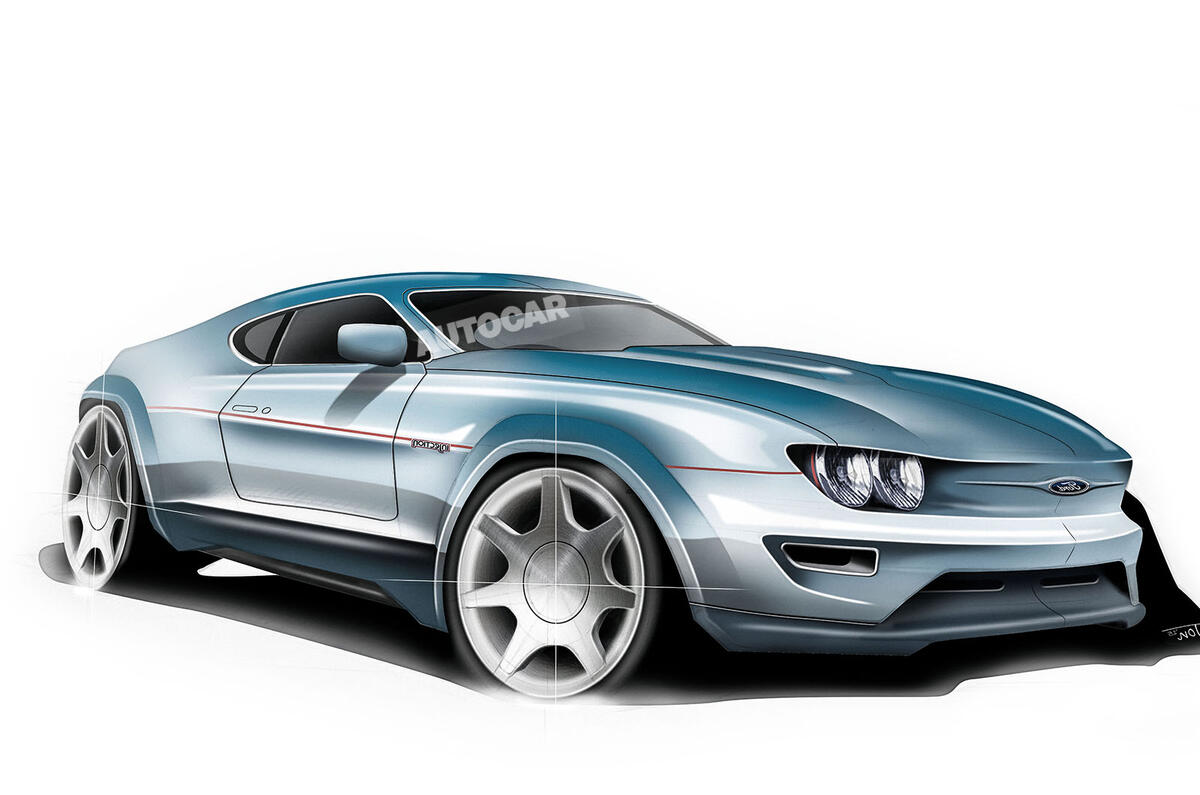

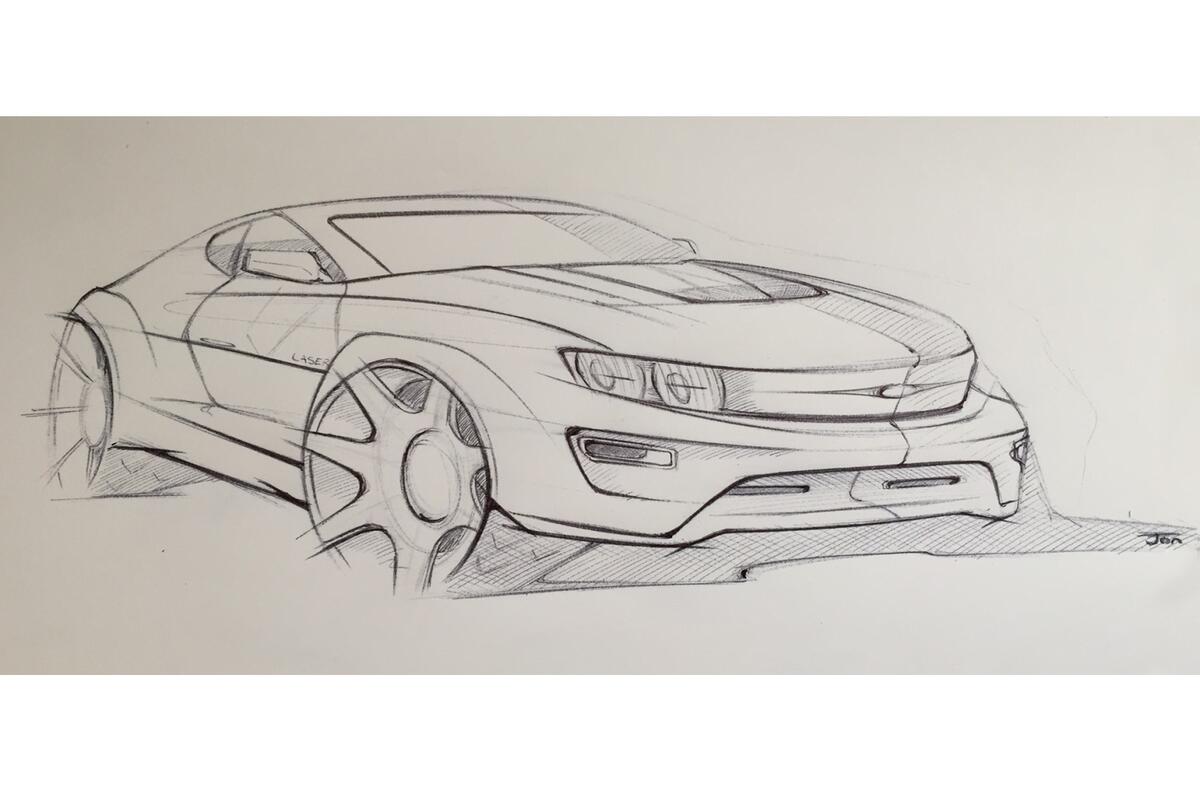
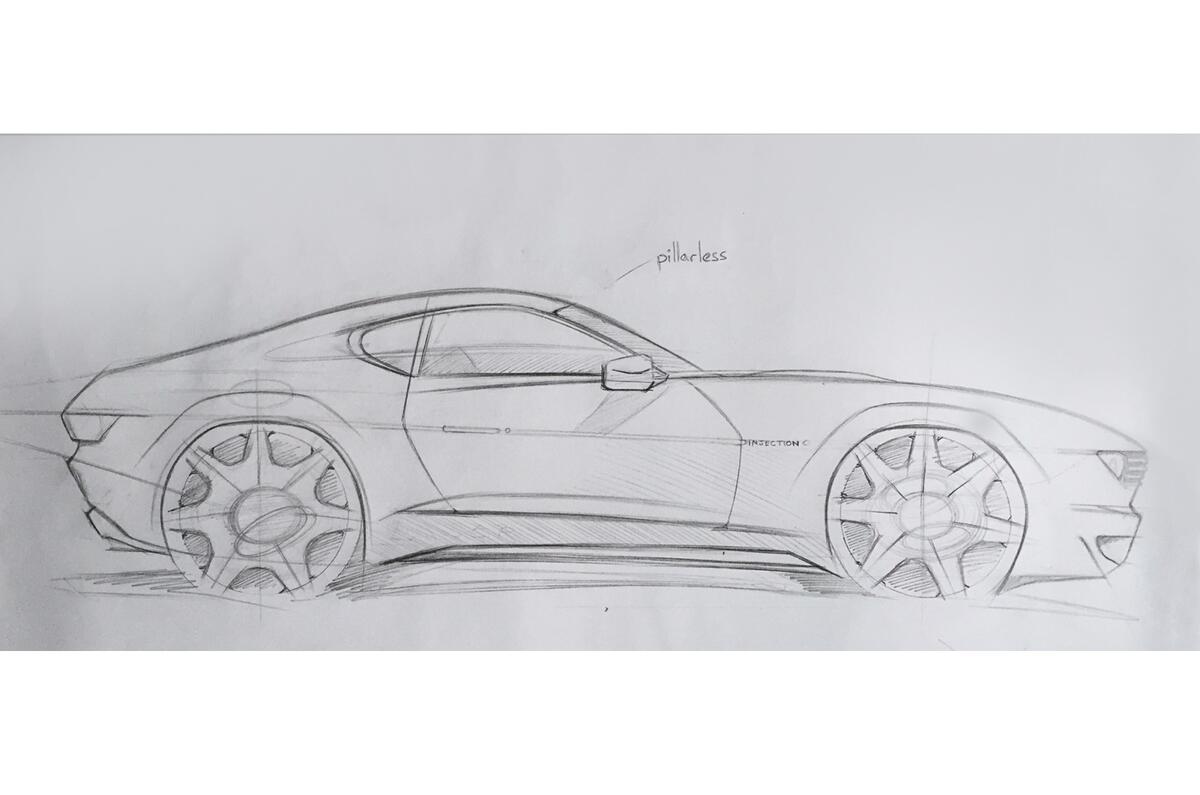
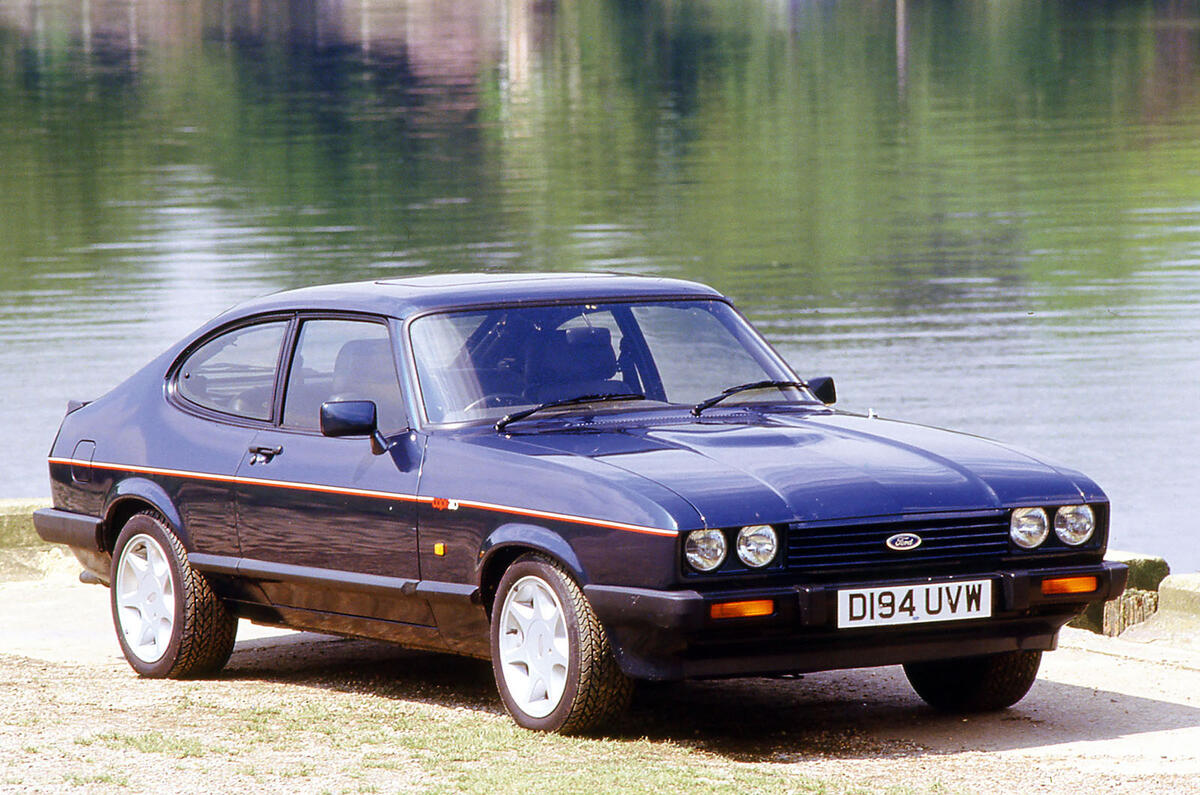
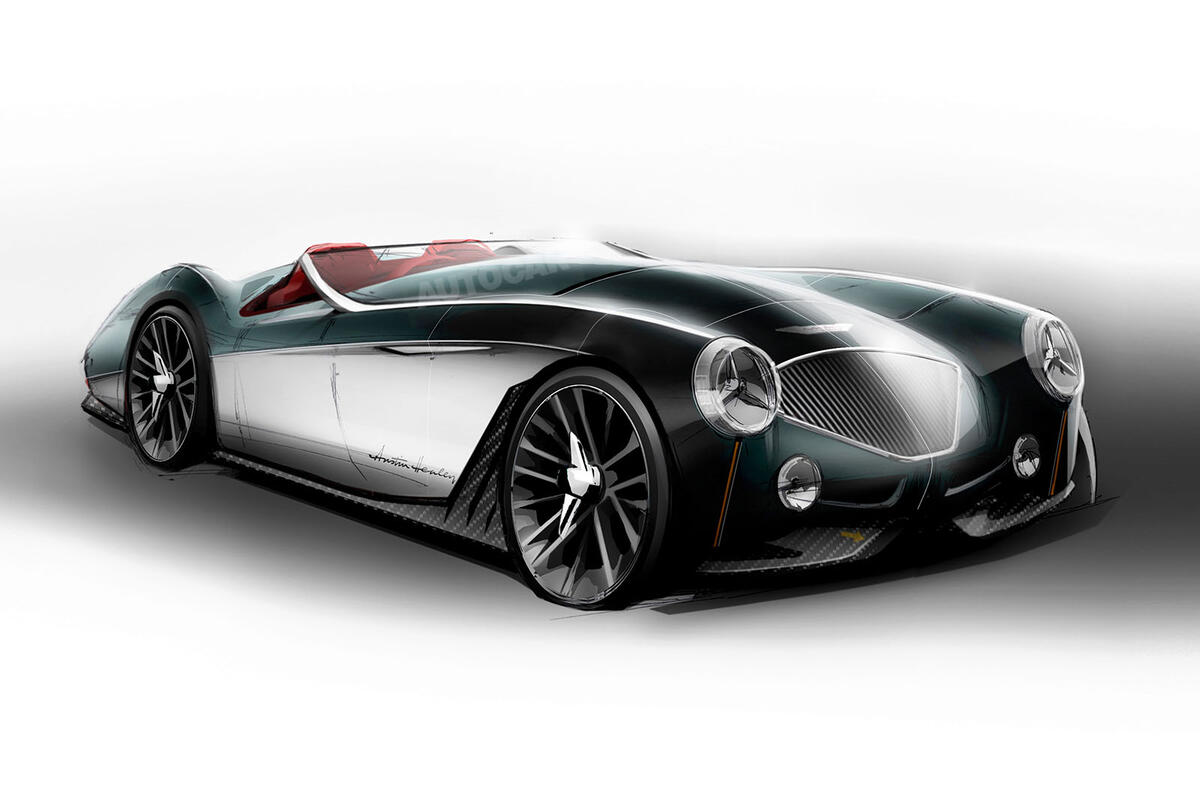
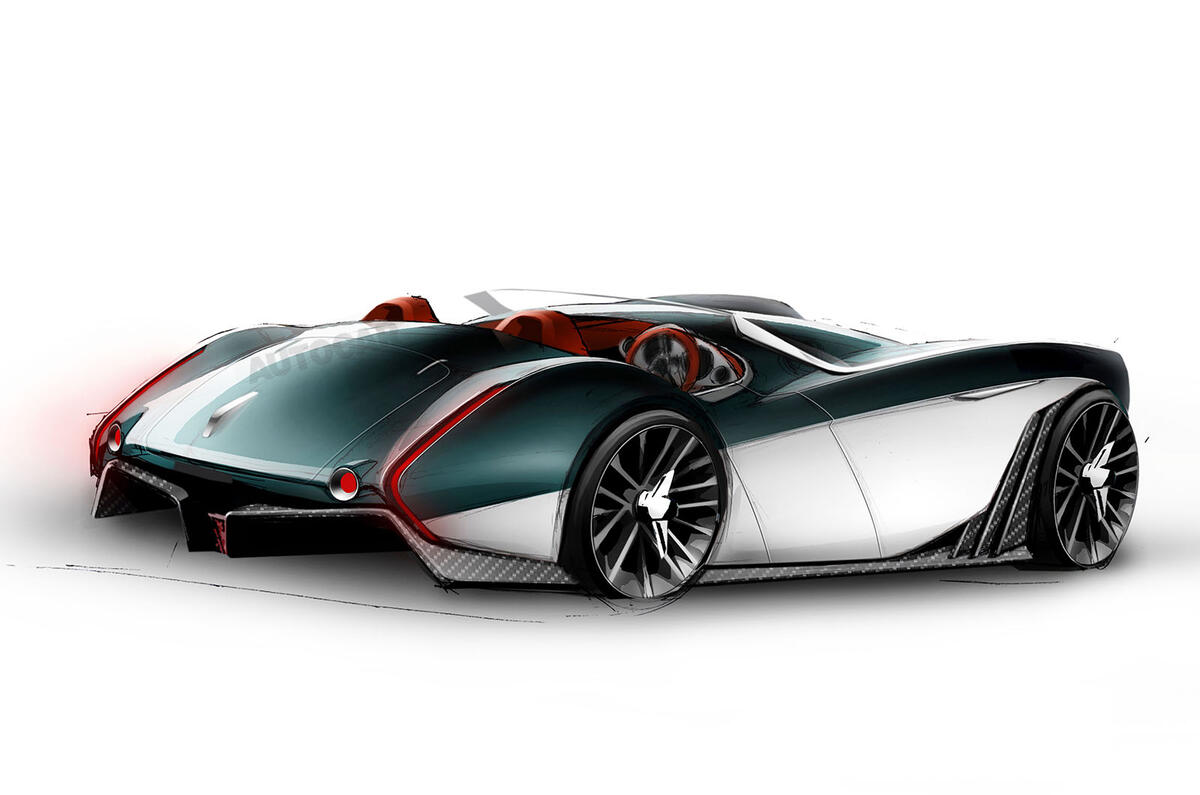
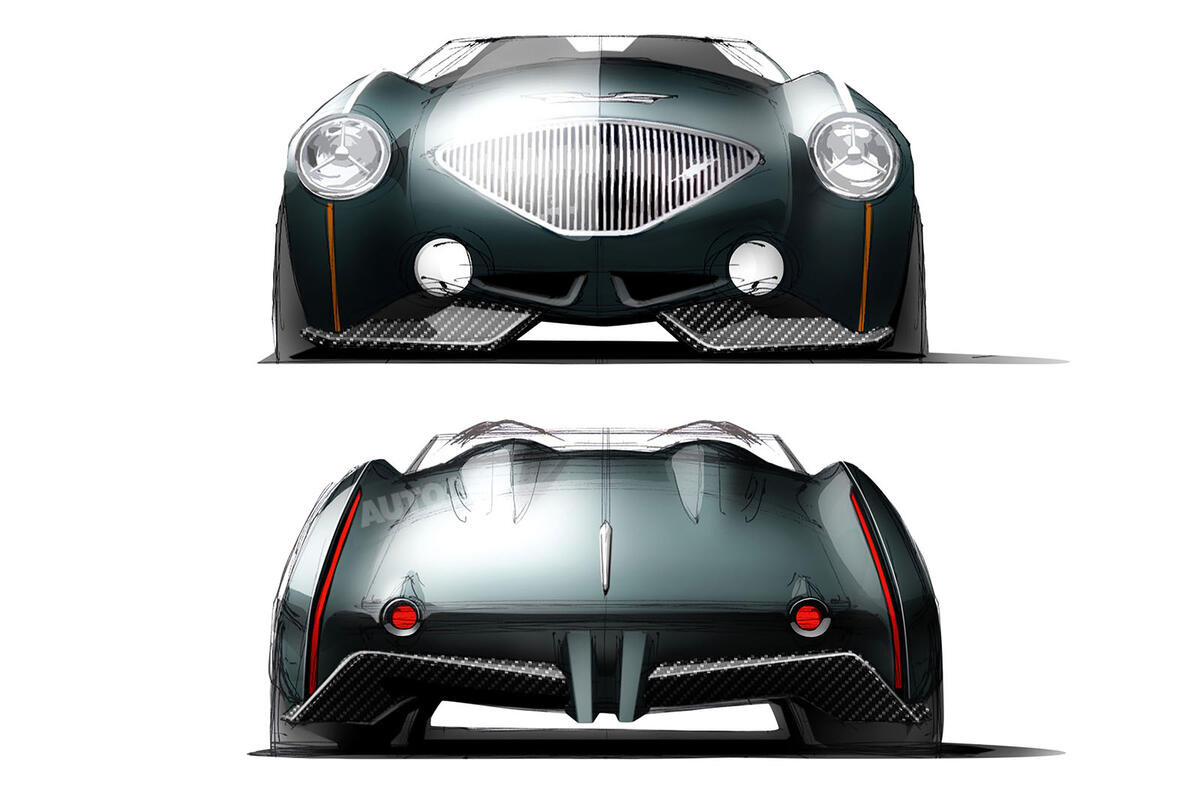
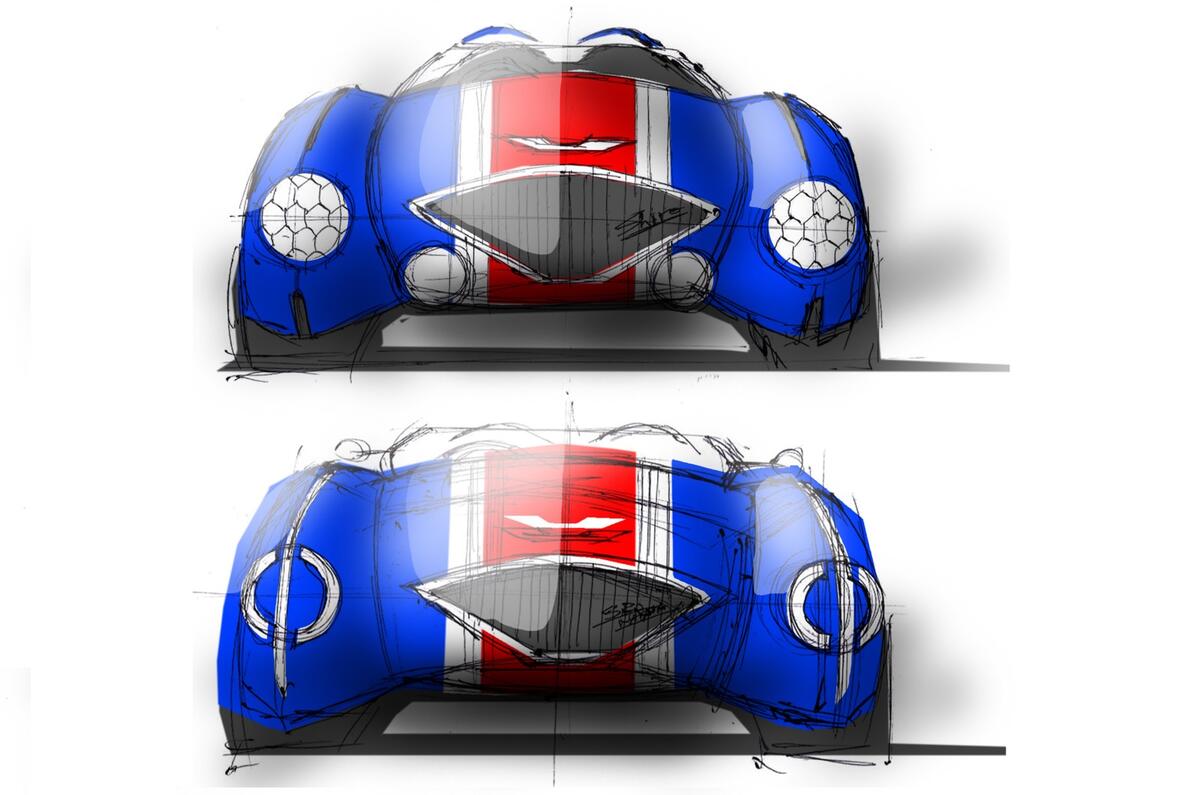
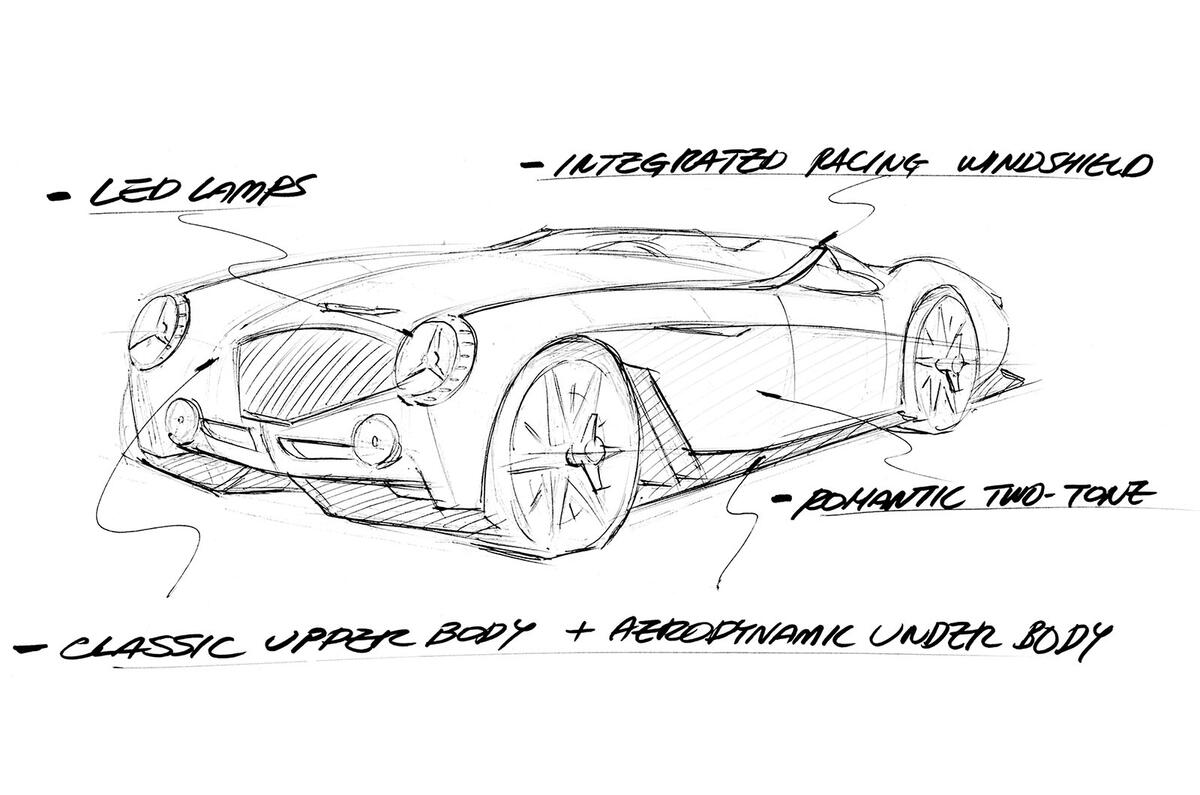
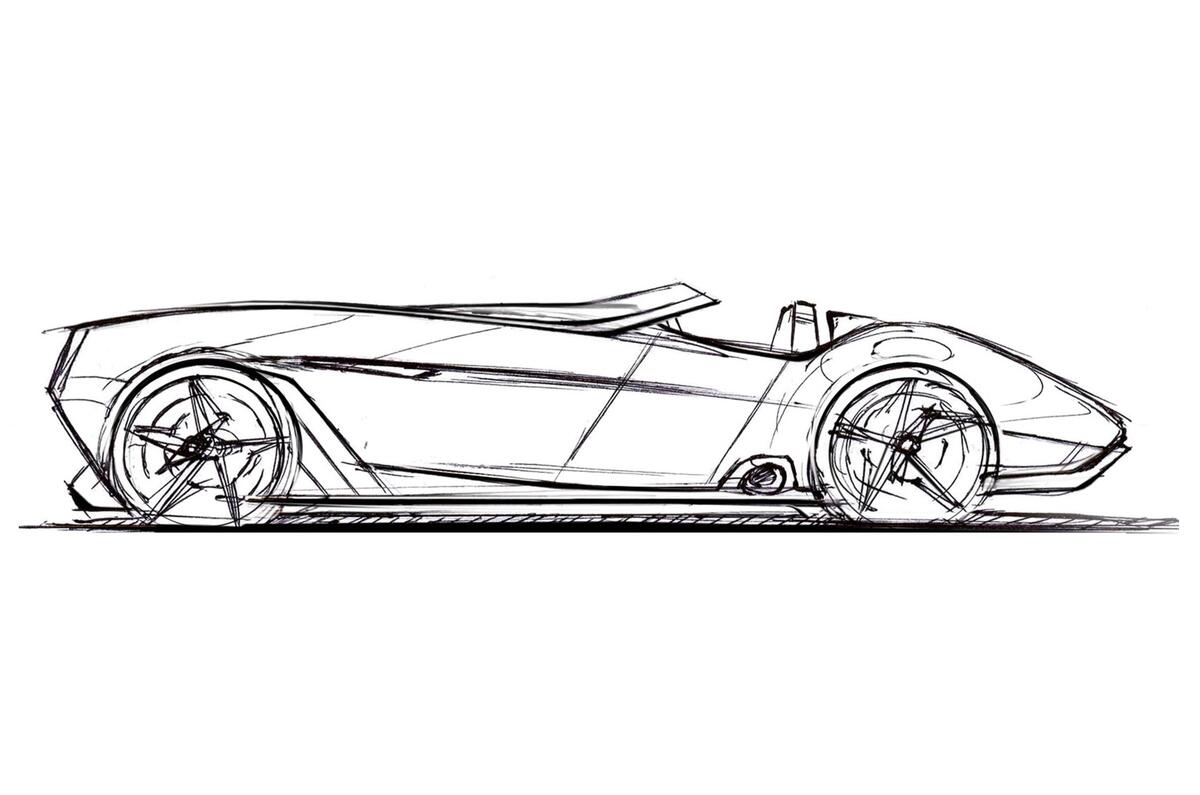
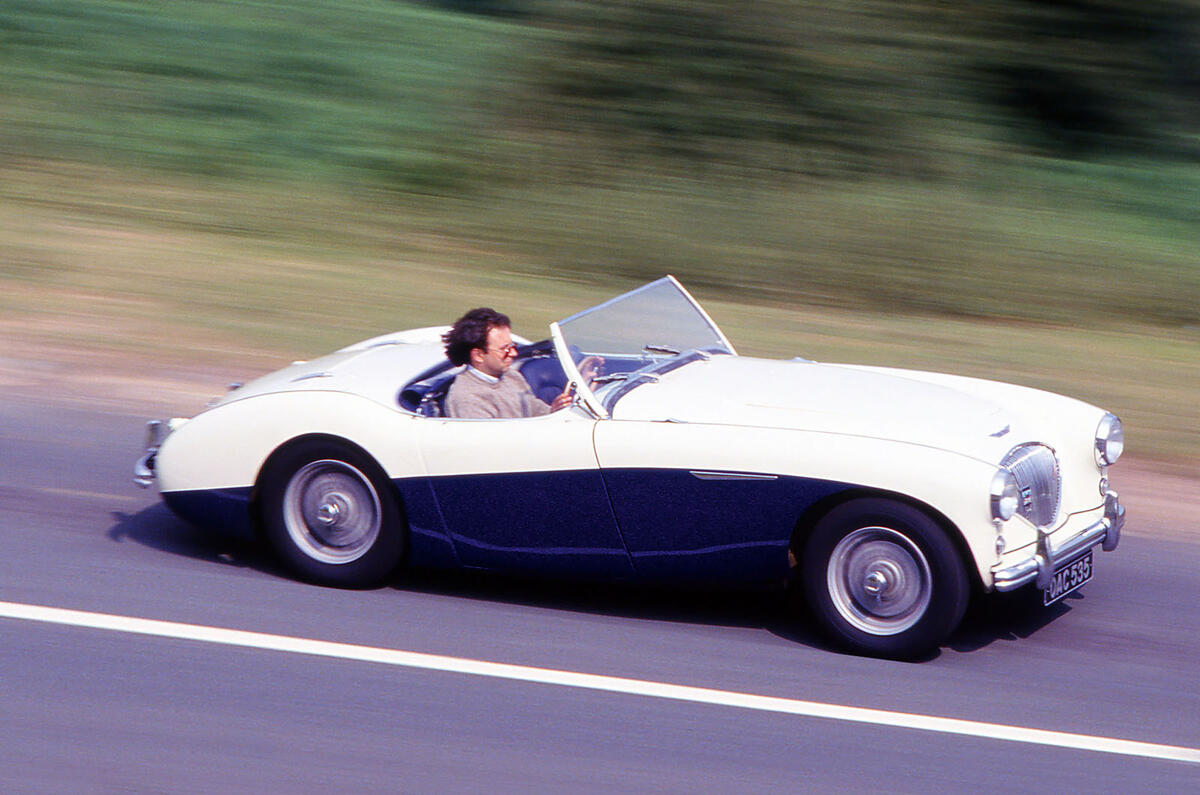
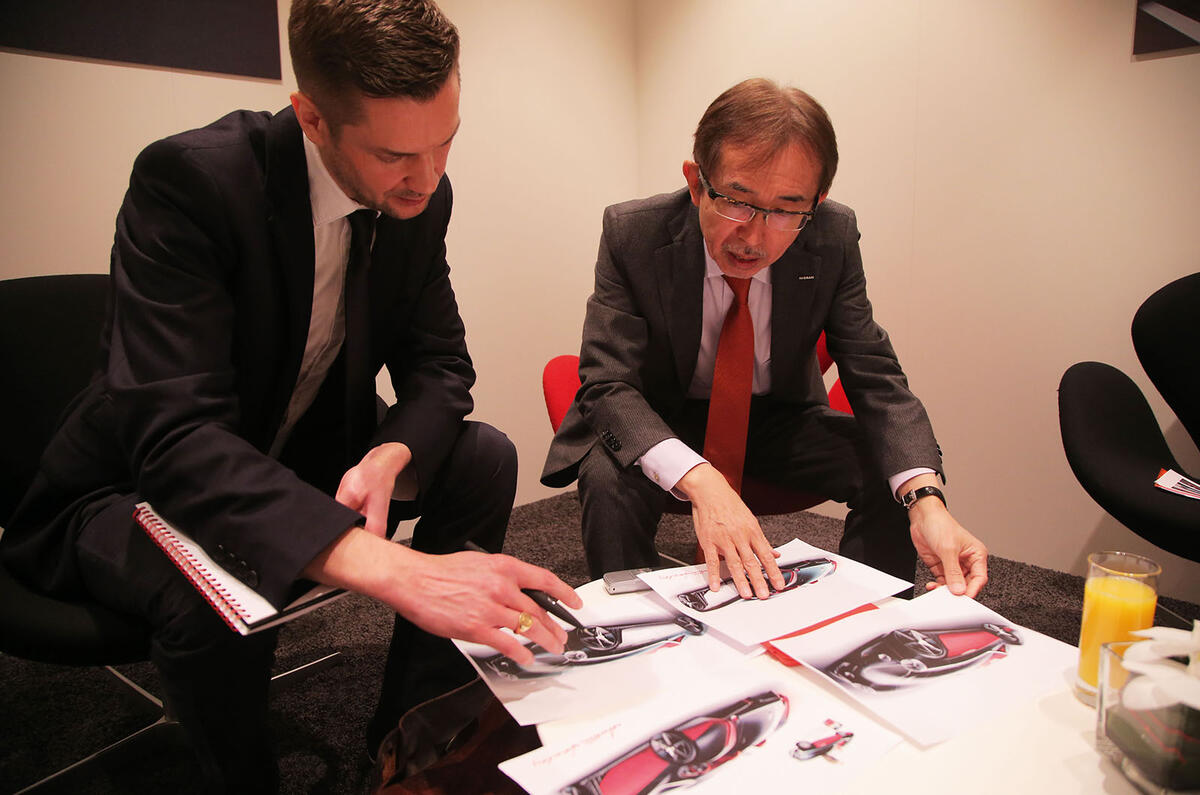

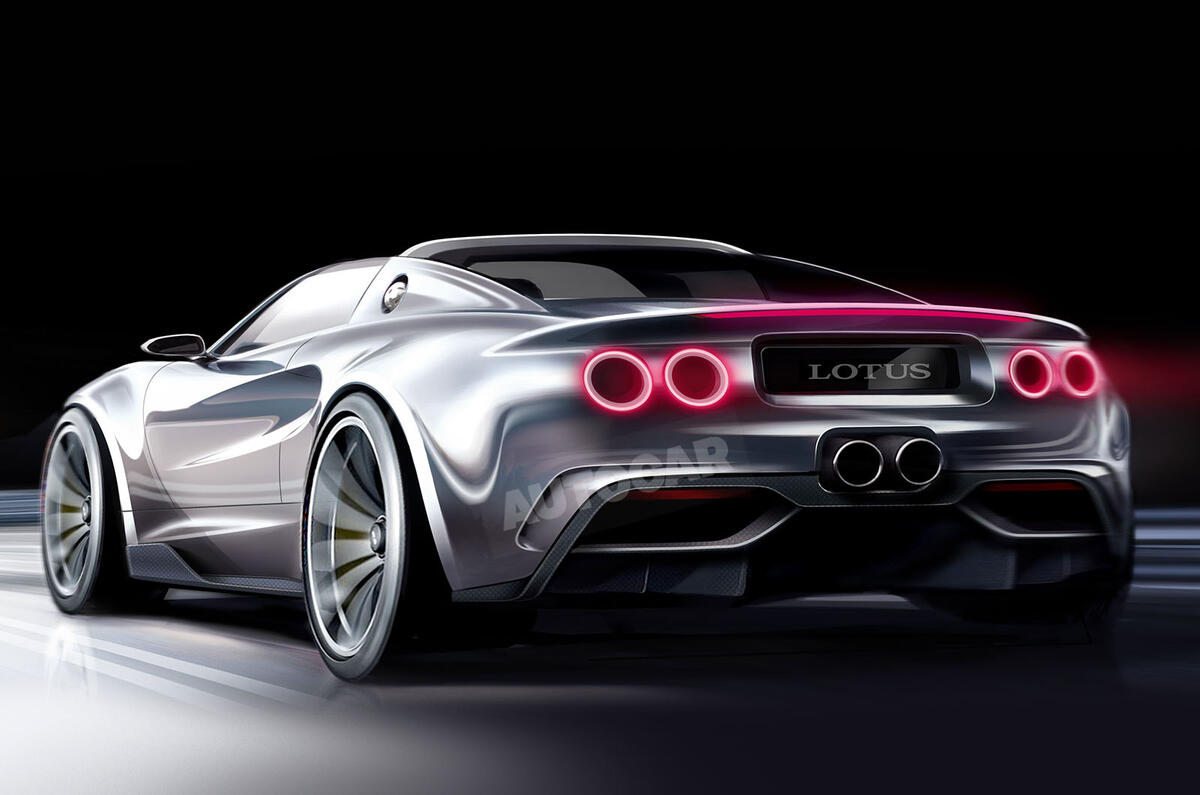
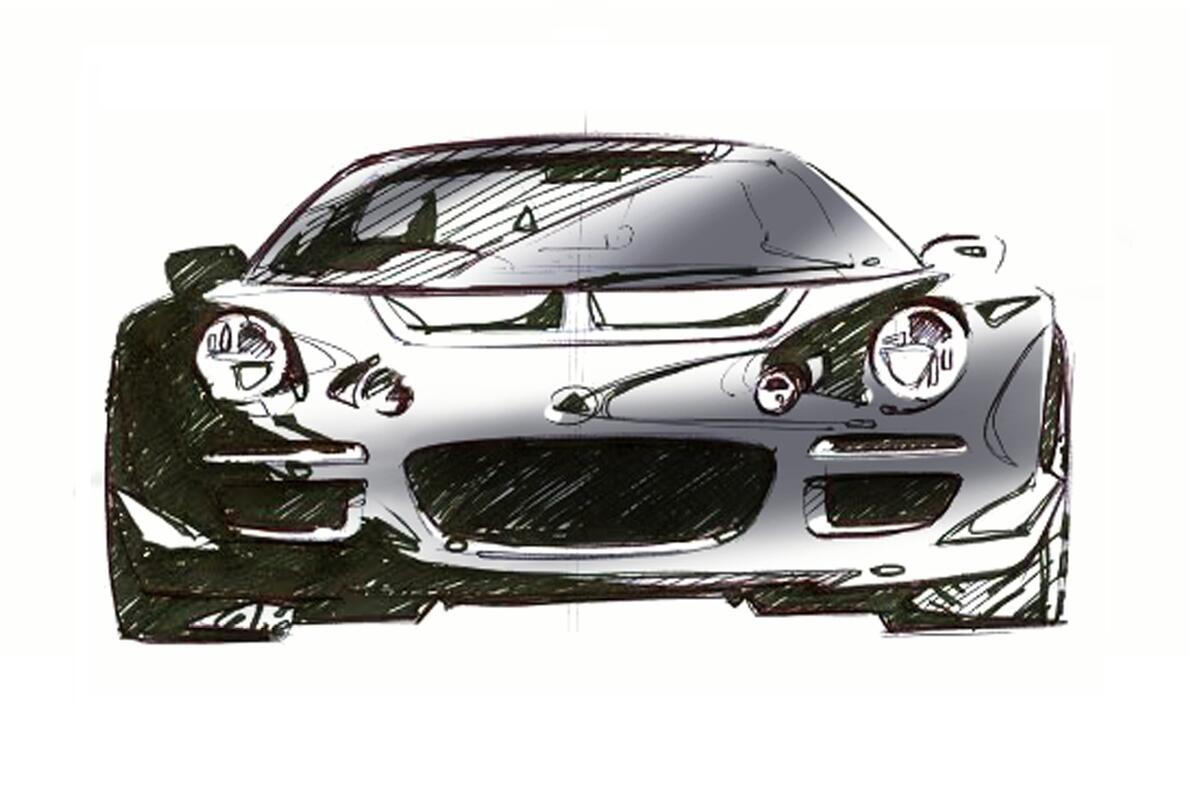
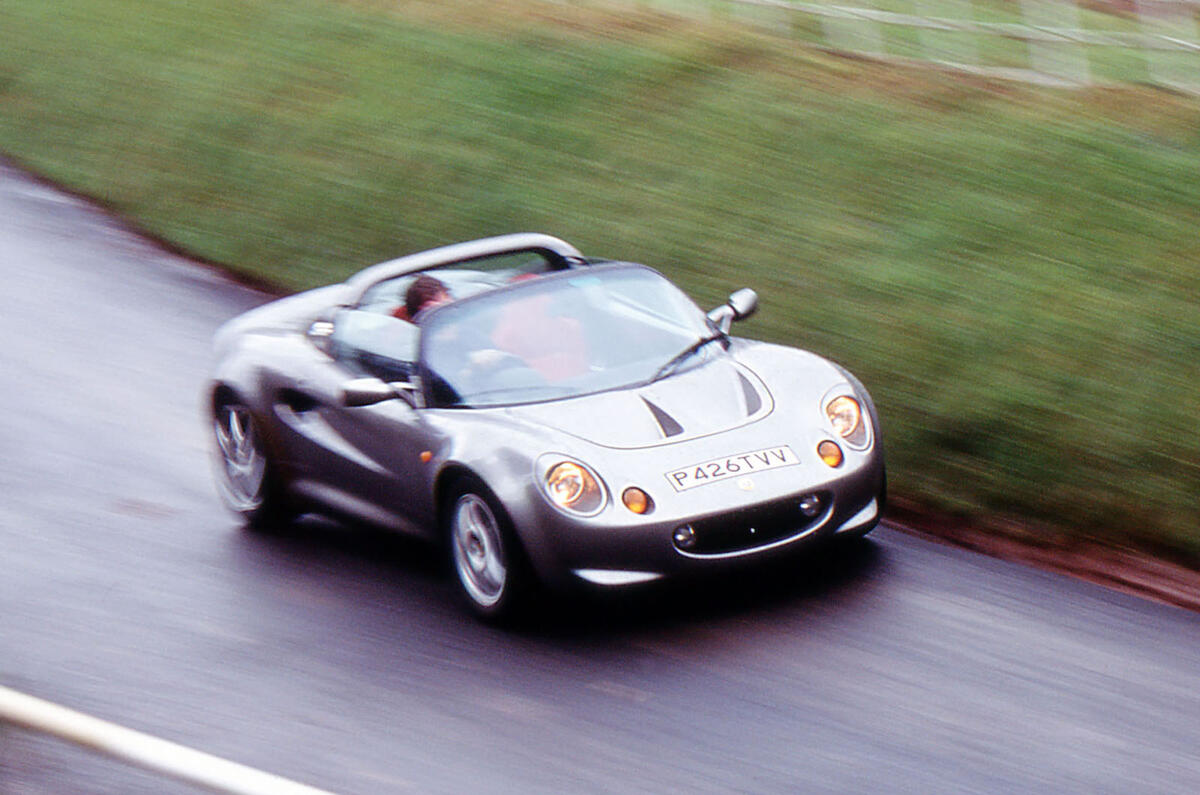
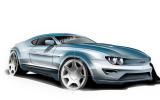
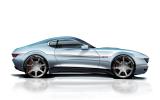
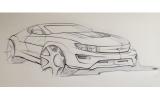
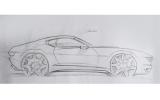
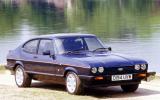
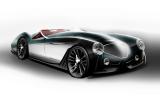
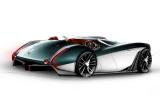
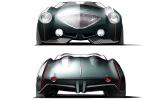
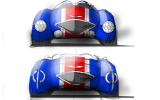

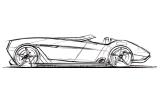
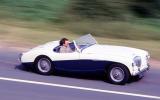


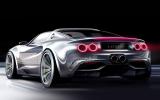
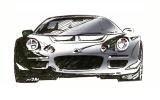
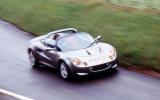


Join the debate
Add your comment
Modern Healey
Wish I could draw as well as that...
Are all the divvies who go on